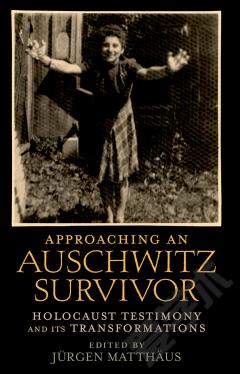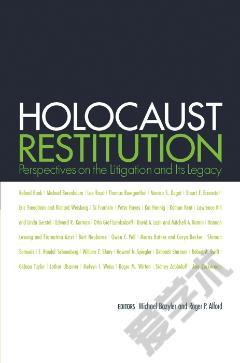Postcards from Auschwitz: Holocaust Tourism and the Meaning of Remembrance
The uneasy link between tourism and collective memory at Holocaust museums and memorials Each year, millions of people visit Holocaust memorials and museums, with the number of tourists steadily on the rise. What lies behind the phenomenon of Holocaust tourism and what role do its participants play in shaping how we remember and think about the Holocaust? In Postcards from Auschwitz, Daniel P. Reynolds argues that tourism to former concentration camps, ghettos, and other places associated with the Nazi genocide of European Jewry has become an increasingly vital component in the evolving collective remembrance of the Holocaust. Responding to the tendency to dismiss tourism as commercial, superficial, or voyeuristic, Reynolds insists that we take a closer look at a phenomenon that has global reach, takes many forms, and serves many interests. The book focuses on some of the most prominent sites of mass murder in Europe, and then expands outward to more recent memorial museums. Reynolds provides a historically-informed account of the different forces that have shaped Holocaust tourism since 1945, including Cold War politics, the sudden emergence of the memory boom beginning in the 1980s, and the awareness that eyewitnesses to the Holocaust are passing away. Based on his on-site explorations, the contributions from researchers in Holocaust studies and tourism studies, and the observations of tourists themselves, this book reveals how tourism is an important part of efforts to understand and remember the Holocaust, an event that continues to challenge ideals about humanity and our capacity to learn from the past.
{{comment.content}}








 京公网安备 11010802027623号
京公网安备 11010802027623号